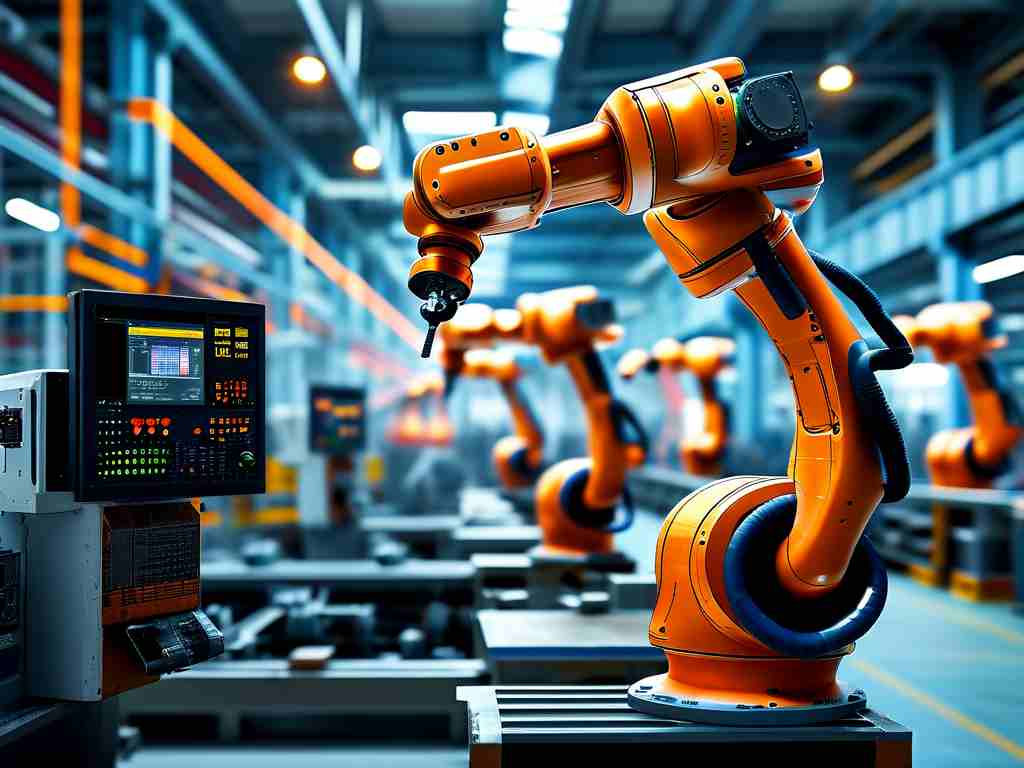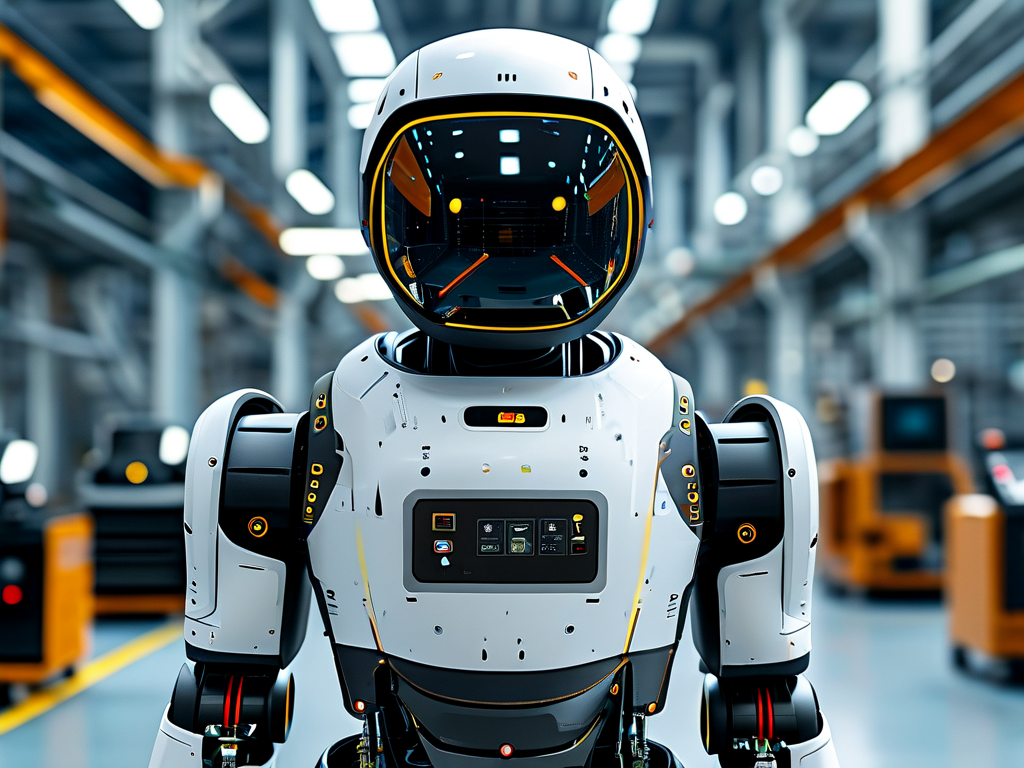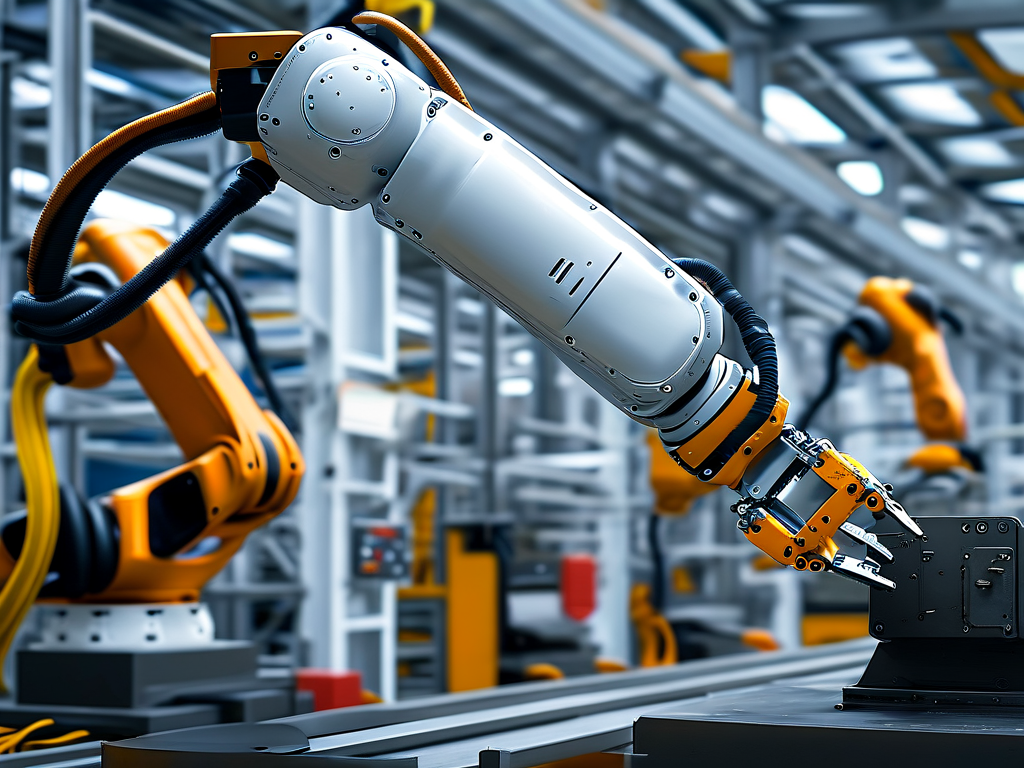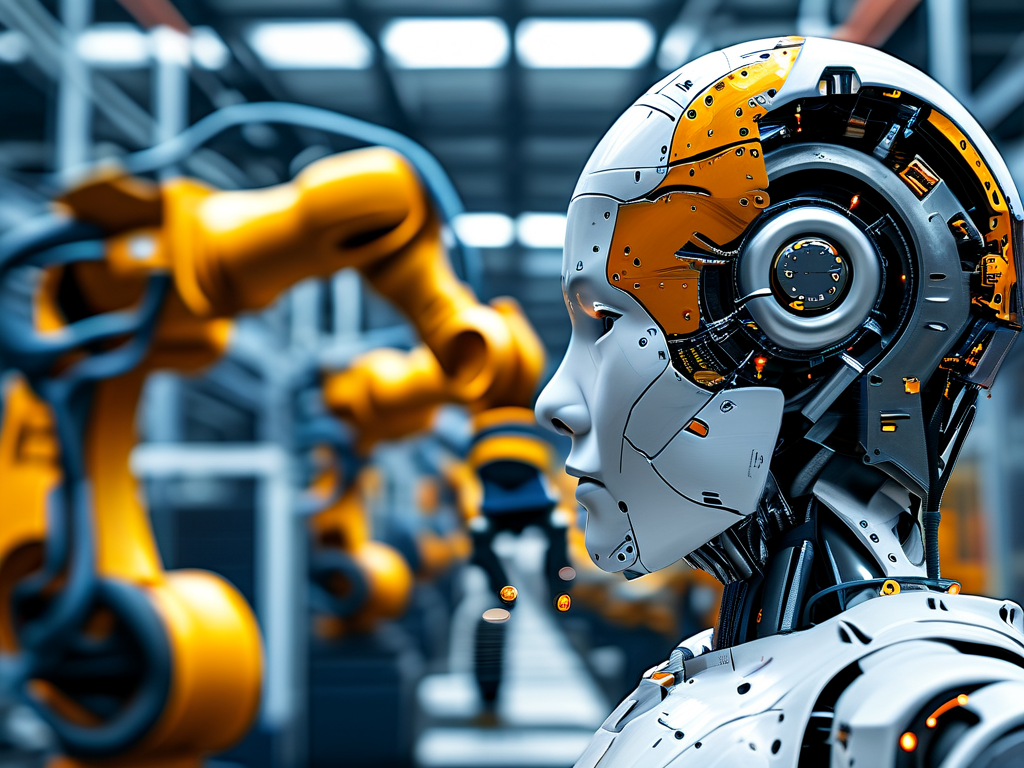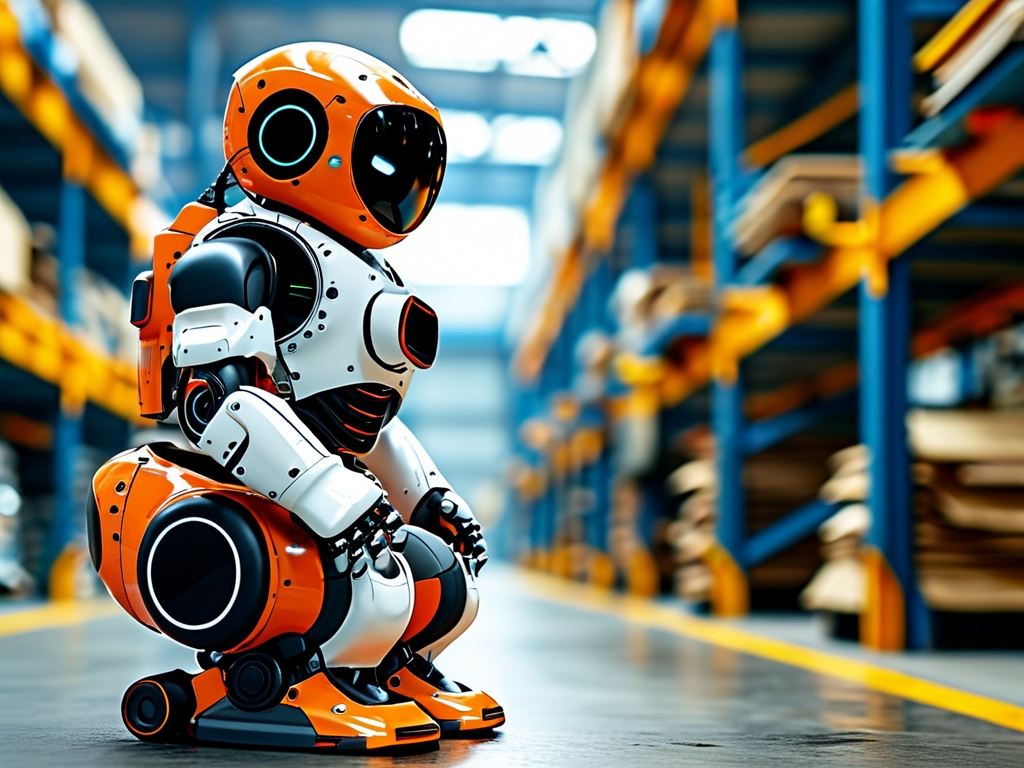The integration of robotics into industrial manufacturing has revolutionized processes that demand high precision, repeatability, and efficiency. Among these advancements, robotic gripping technology for handling stamped steel sheets stands out as a critical innovation in modern production lines. This article explores the technical complexities, applications, and future trends of robots designed to grasp, position, and manipulate stamped metal components with unparalleled accuracy.
The Challenge of Handling Stamped Steel Sheets
Stamped steel sheets, widely used in automotive, aerospace, and appliance manufacturing, present unique challenges due to their weight, sharp edges, and variable geometries. Traditional manual handling is labor-intensive, prone to errors, and poses safety risks. Even semi-automated systems using suction cups or magnetic lifters often struggle with sheet deformation, slippage, or misalignment during high-speed operations. Robotic gripping systems address these issues by combining advanced sensing, adaptive end-effectors, and intelligent control algorithms.
Core Technologies in Robotic Gripping Systems
-
Sensor Fusion for Precision
Modern robotic grippers integrate vision systems, force-torque sensors, and laser scanners to detect sheet orientation, thickness, and surface defects. Machine vision cameras, paired with AI algorithms, enable real-time adjustments to grip points, ensuring stable handling even for irregularly shaped sheets. Force feedback mechanisms prevent excessive pressure that could deform thin-gauge steel. -
Adaptive End-Effectors
Unlike static grippers, adaptive designs use modular components such as:
- Vacuum-based systems: Employing arrays of suction cups to distribute lifting force evenly.
- Magnetic grippers: Ideal for ferrous materials, with adjustable magnetic fields to prevent residual magnetization.
- Hybrid solutions: Combining mechanical claws with vacuum pads for mixed-material handling.
- Dynamic Path Planning
Robots equipped with collision-avoidance algorithms optimize movement trajectories, minimizing cycle times while avoiding damage to adjacent equipment. This is particularly crucial in press line automation, where robots must synchronize with stamping machines operating at 10–15 strokes per minute.
Industrial Applications and Case Studies
-
Automotive Body-in-White Production
In car manufacturing, robots handle stamped door panels, hoods, and chassis components. For instance, a German automaker reduced scrap rates by 22% after deploying vision-guided robots that adjust gripping force based on sheet thickness variations.
-
Appliance Manufacturing
Refrigerator doors and washing machine drums require scratch-free handling. A Japanese manufacturer achieved zero-defect production by implementing soft robotic grippers with embedded tactile sensors. -
Aerospace Component Assembly
Large stamped fuselage sections demand extreme precision. Collaborative robots (cobots) now work alongside technicians to position sheets within 0.1 mm tolerance, reducing assembly time by 35%.
Overcoming Technical Barriers
Despite progress, challenges persist:
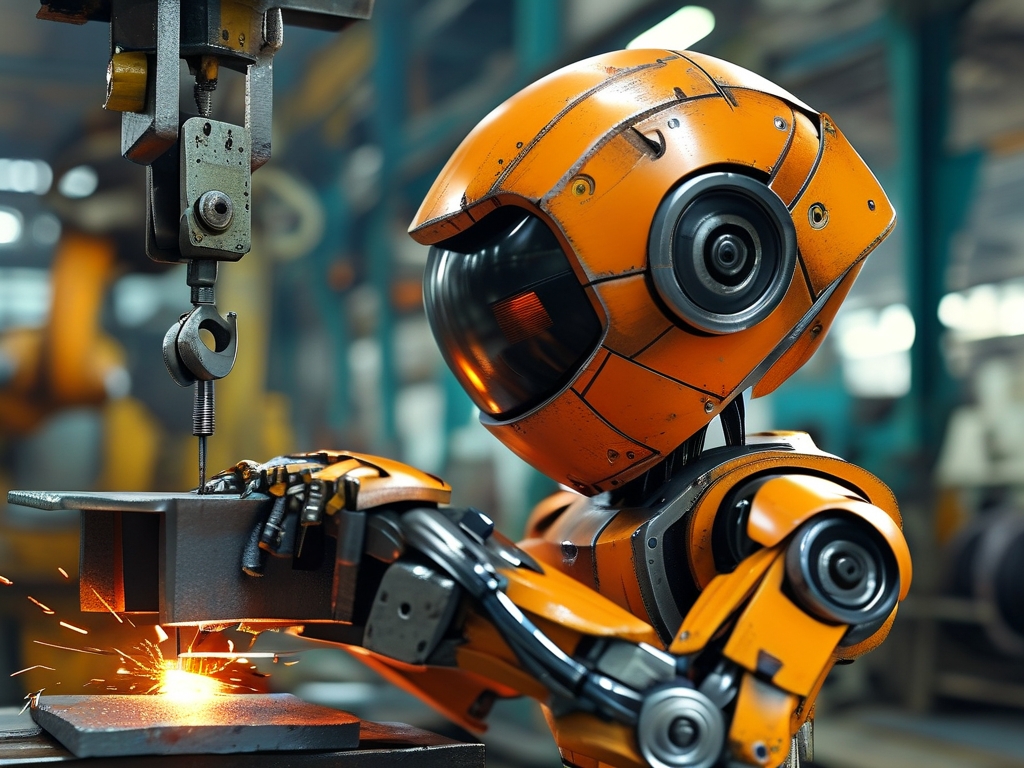
- Sheet Slippage: Addressed through surface texture analysis and anti-slip coatings on gripper surfaces.
- Thin-Gauge Deformation: Finite element analysis (FEA)-optimized gripper designs reduce stress concentrations.
- High-Temperature Environments: Heat-resistant materials like ceramic composites enable handling of hot-stamped sheets.
The Role of AI and Digital Twins
Machine learning models trained on historical data predict optimal grip configurations for new sheet designs. Digital twin simulations allow engineers to test gripping strategies virtually, cutting deployment time by 50%. For example, a U.S.-based OEM reduced trial runs from 12 weeks to 6 days using this approach.
Future Trends: Toward Autonomous Flexibility
Emerging technologies promise further breakthroughs:
- Self-learning grippers: Using reinforcement learning to adapt to unseen sheet geometries.
- Human-like Dexterity: Biomimetic designs with tendon-driven fingers for delicate operations.
- Energy-Efficient Systems: Piezoelectric grippers that consume 60% less power than pneumatic models.
Robotic gripping technology for stamped steel sheets represents a cornerstone of Industry 4.0. By merging mechanical innovation with AI-driven intelligence, these systems enhance productivity, worker safety, and product quality. As material science and computing power advance, next-generation robots will unlock even greater possibilities, from handling ultra-thin foils to self-reconfiguring grippers for multi-material assembly. Manufacturers investing in this technology today position themselves at the forefront of the smart factory revolution.



